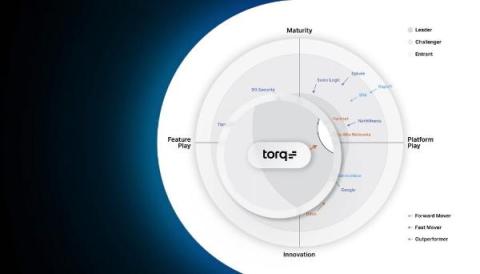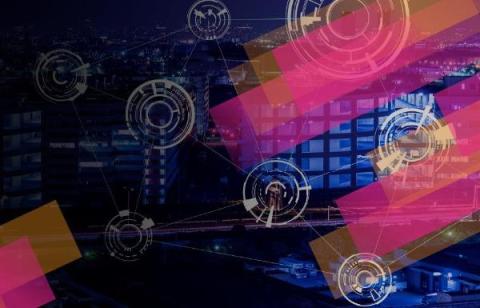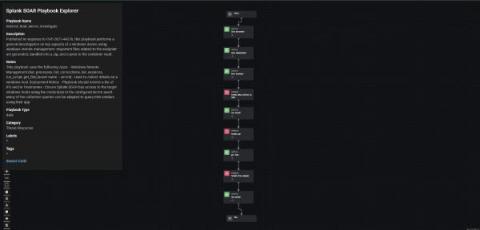KnowBe4 Named a Leader in the Fall 2023 G2 Grid Report for Security Orchestration, Automation, and Response (SOAR)
We are excited to announce that KnowBe4 has been named a leader in the Fall 2023 G2 Grid Report for Security Orchestration, Automation, and Response (SOAR) for the PhishER platform for the tenth consecutive quarter! The latest G2 Grid Report compares Security Orchestration, Automation, and Response (SOAR) Software vendors based on user reviews, customer satisfaction, popularity and market presence. Based on 228 G2 customer reviews, KnowBe4’s PhishER platform is the top ranked SOAR software.











